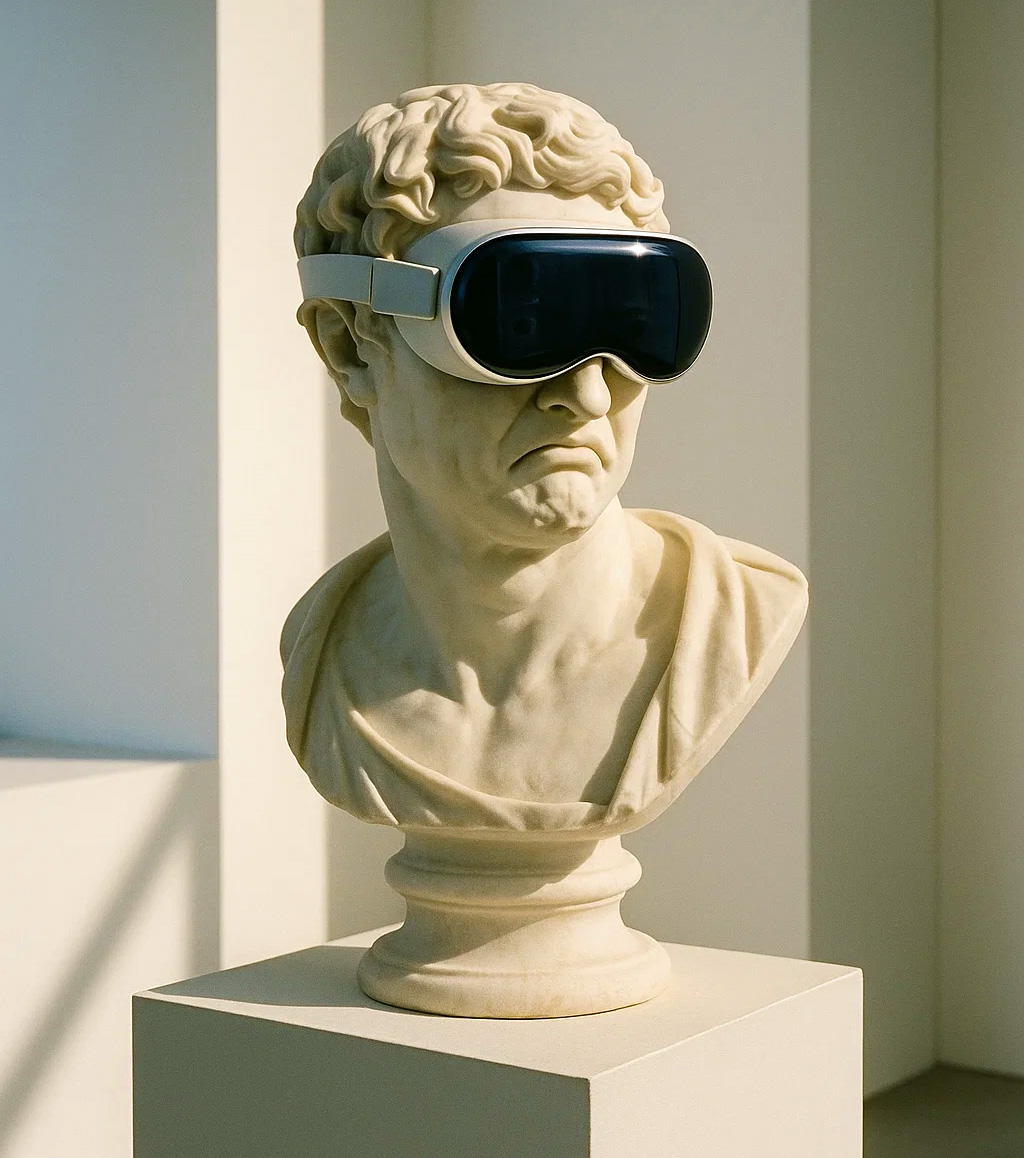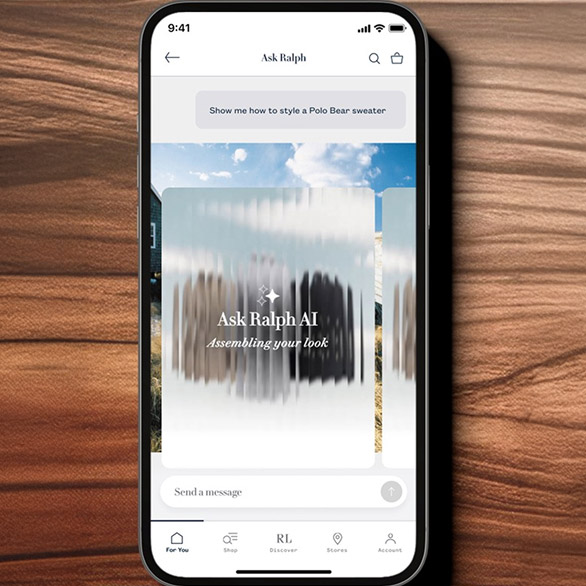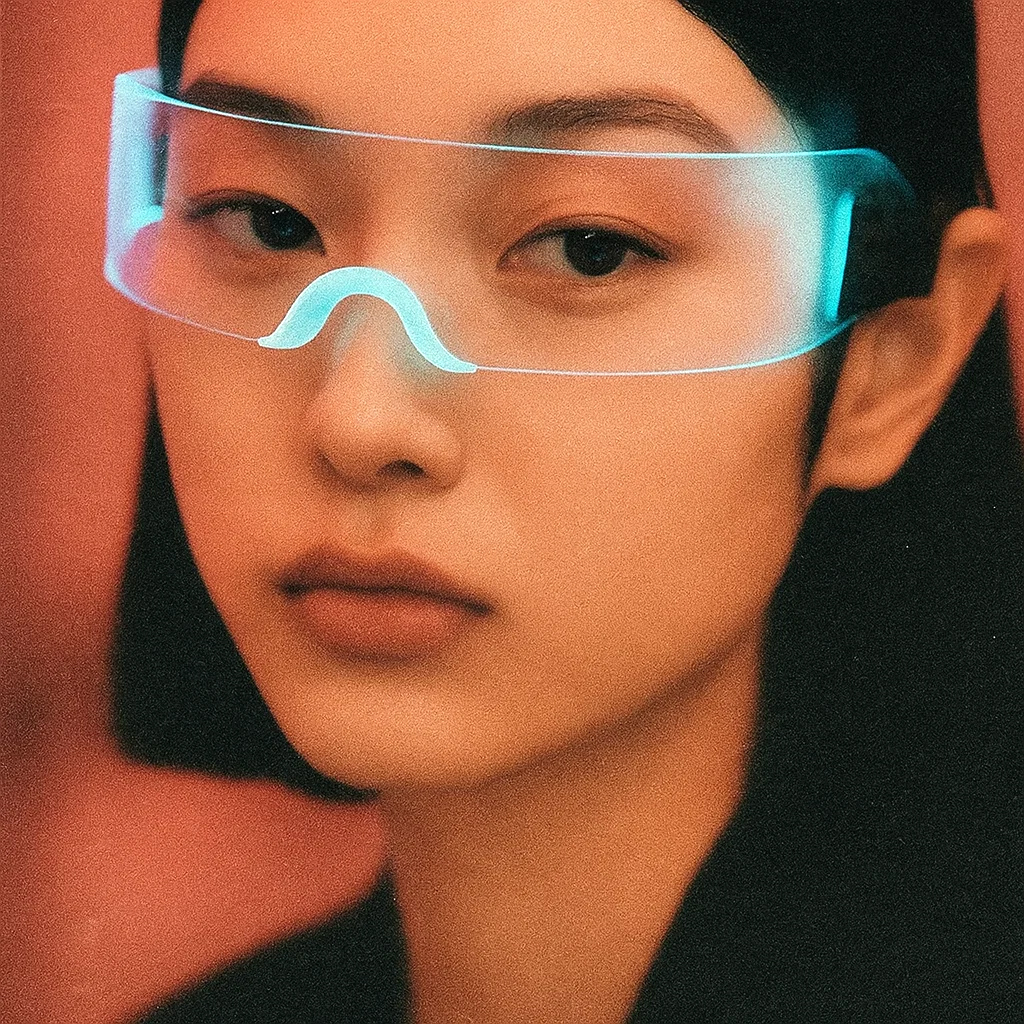Generative AI is rapidly commoditizing technical skills, forcing a restructuring of creative value. The market now demands strategy and taste, not just execution.

Summary
- Generative AI is rapidly commoditizing execution-level creative skills. In a market saturated with competent, machine-generated output, the value of the traditional “maker” is eroding.
- Economic value is migrating upstream, placing a premium on “Aesthetic Intelligence” (taste) and “Strategic Intentionality” (the why). The future belongs to the “Architect,” who directs and curates AI rather than manually executing tasks.
- Adaptation is not optional. The “Hybrid Creative” model, which fuses strategy, taste, and tool agnosticism, enables a single individual to deliver the output of a small team, capturing significantly higher market value.
The anxiety in the creative industries is palpable, like the static before a storm you cannot outrun. Generative AI, once a curiosity, is now an existential threat to anyone whose primary value proposition is the competent execution of a brief. The industry is experiencing a fundamental restructuring, yet the response from many professionals remains a curious blend of denial and reluctant dependency.
In a 2025 Adobe survey, 40 percent admit to feeling “embarrassed” about using AI. This dissonance, using a tool one is ashamed to admit using, is the defining feature of the current creative landscape.
The crisis is rooted in a misunderstanding of where value now resides. The market proposition is moving from execution(which is being automated) to strategic direction and aesthetic intelligence (which cannot be). The future does not belong to the maker, but to the architect.
The Commoditization of Execution
AI functions as an efficiency engine. It excels at the “How”: iteration, synthesis, and rapid visualization. It can produce competent copywriting, plausible graphic design, and functional code at near-zero marginal cost.
The economic consequences of this capability are severe for those valued purely for execution. We have reached “peak execution.” A 2025 report on the freelance market shows a 21 percent decline in job posts for writing and coding, and a 17 percent drop for image creation.
This is definitive proof that high-end craft is the most vulnerable to AI substitution. Clinging to a value proposition based solely on speed or technical skill is now a failing strategy. The arbitrage between specialized human labor and creative output is collapsing.
The Human Moat
As execution becomes a commodity, the market value moves upstream. The new premium is placed on the skills AI cannot replicate. This is the “Human Moat”: Taste, Strategic Intentionality, and Cultural Nuance.
Aesthetic Intelligence (Taste) is the ability to discern, critique, and refine. In a world of infinite algorithmic generation, curation is the new creation. Taste is what separates the signal from the noise, the Hermès from the Canal Street knockoff. This is not a “soft skill.” The 2025 Autodesk report reveals a seismic market inversion: “design skills” have surpassed coding and cloud competencies to become the number one most in-demand skill in AI-specific job listings.
Strategic Intentionality (The Why) is the ability to connect creative execution to measurable business objectives. The 2025 World Economic Forum Future of Jobs Report identifies “analytical thinking” as the most sought-after core skill among all employers. AI can generate a campaign, but it cannot determine if that campaign serves the long-term brand strategy or merely chases a fleeting metric.
Cultural Nuance (The Context) is the understanding of semiotics, emerging trends, and complex ethical landscapes. AI models predict based on existing data, they scrub away subtext and fail at subtlety. They cannot navigate the ethical minefield of intellectual property or the cultural implications of a specific visual reference.
The New Leverage
The fusion of these skills creates the “Hybrid Creative.” This archetype is bilingual, speaking creativity, and technology. They are tool agnostic, comfortable moving between AI platforms, creative software, and traditional craft.
Hybrid creatives offer unprecedented scalability. They compress the distance between strategy and execution. This is the era of the “Solo Agency.”
The professional education market is already adapting. The New School’s 2025 certificate, “AI for Creativity and Leadership,” focuses on strategy and ethics, not just execution.
The transition is not beginning. It is, for many, already over. The future belongs to those who can direct the machine with intention and taste. The rest are simply waiting for the algorithm to optimize them out of existence.



